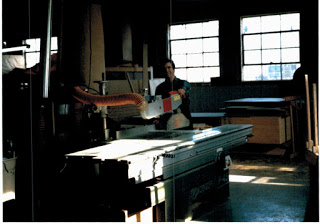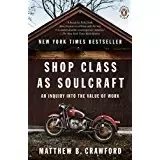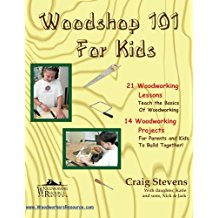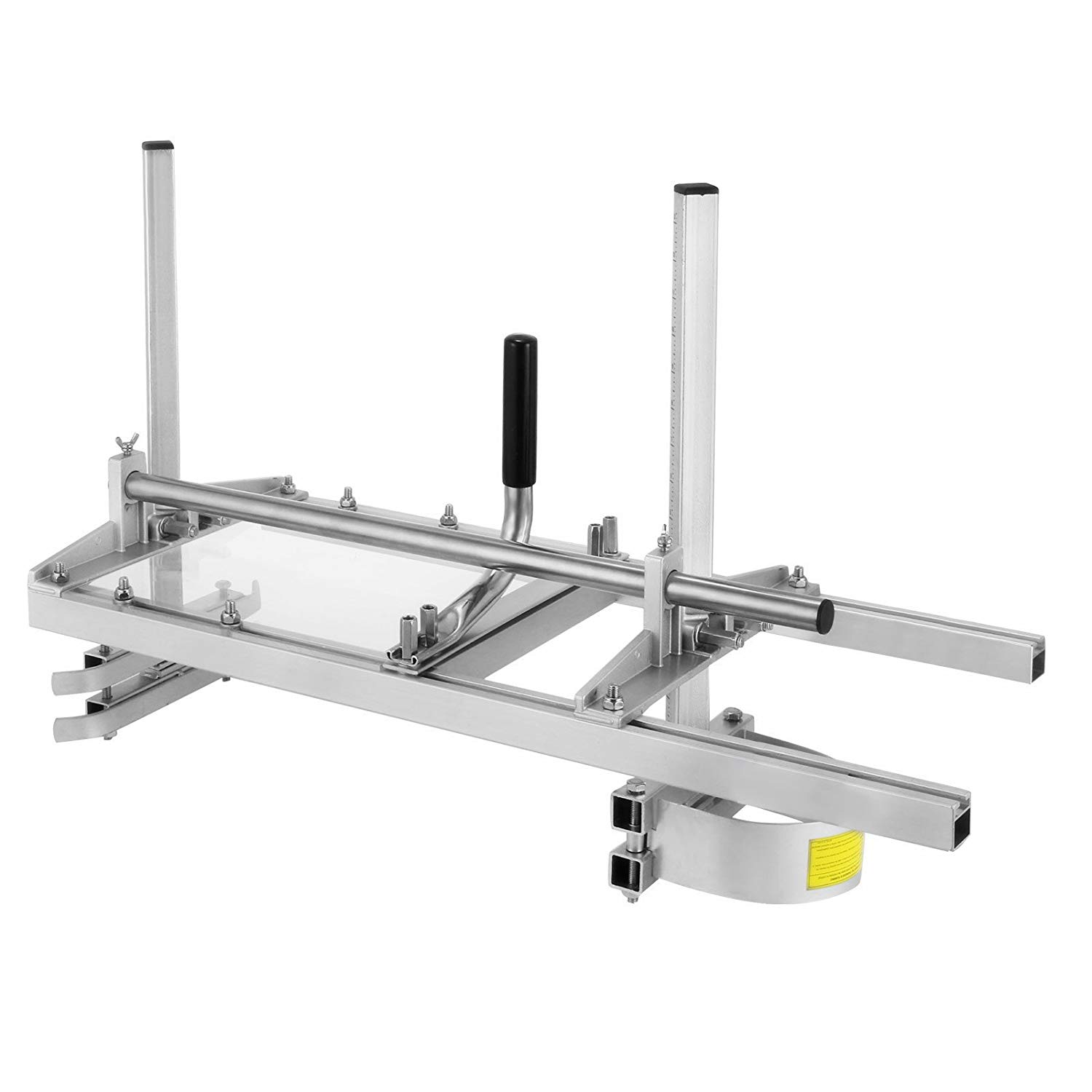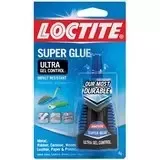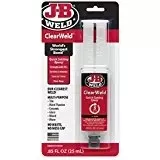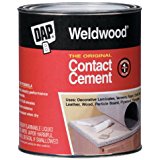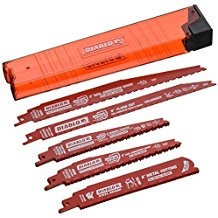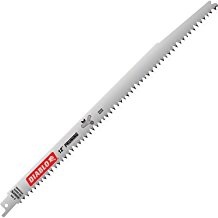The 32mm system is designed to build cabinets quickly based on a metric standard that was born out of WWII ingenuity – as the machinery to build cabinets and cabinet hardware uses 32mm centers, and that was all they had in parts of Europe; tooling based on 32mm gears, bearings, etc.
While Americans (mostly) were comfortable with existing SAE (inch) standards, Europeans had a country to rebuild, and metric system + 32mm centers = fast rebuild. The hardware manufacturers drove a lot of the “de facto” standards, so that cabinet makers could use almost any hinge, drawer slide, or shelf pin.
The Architectural Woodwork Institute’s guide for casework references “European” Hinges.
[1] The
AWI is the Architect’s guide for cabinet construction.
[2]Here are some articles from the Web:
The “Kiss System” for 32mm cabinet construction. –
Modern Cabinetmaking 5th Edition – by William D. Umstattd (Author), Charles W. Davis (Author), Patrick A Molzahn (Author)
From Amazon BooksModern Cabinetry: European Design & Construction Techniques – From
Amazon Books (from 1995, but still relevant)
Bob Lang’s The Complete Kitchen Cabinetmaker, Revised Edition: Shop Drawings and Professional Methods for Designing and Constructing Every Kind of Kitchen and Built-In Cabinet –
From Amazon BooksMany of the panel saws, Boring machines, and edge-banding machines are made in Europe, and are metric-based. If I was to set up a shop, it would be using 32mm methods because tooling, production equipment, training, and maintenance are all expedited for faster construction. In European cabinets, you can finish the components laid flat, as opposed to finishing a completed cabinet; You can also ship it flat – like IKEA casework; almost all of which uses 32mm construction. In Canada, as an example, cabinet lumber and the plants that mill it into 32mm casework are next to the forests – and they can ship finished RTA (“
Ready to Assemble”) furniture anywhere in the world, flat-packed and in boxes.
32mm fittings are available here.

Keep in mind that 32mm construction lends itself to large production runs; Short runs require fast change, quick setups, and skilled labor to deal with design variations and custom sizes; most production 32mm shops have a separate section with conventional tooling for “specials” and “one-offs”.
I hope I have added some insight to this topic – I opened my woodworking shop in 1980, all 32mm by 1983, and closed it in 1990 when IKEA and Home Depot came to town, changing the economics of the cabinet business (for me).
Footnotes




